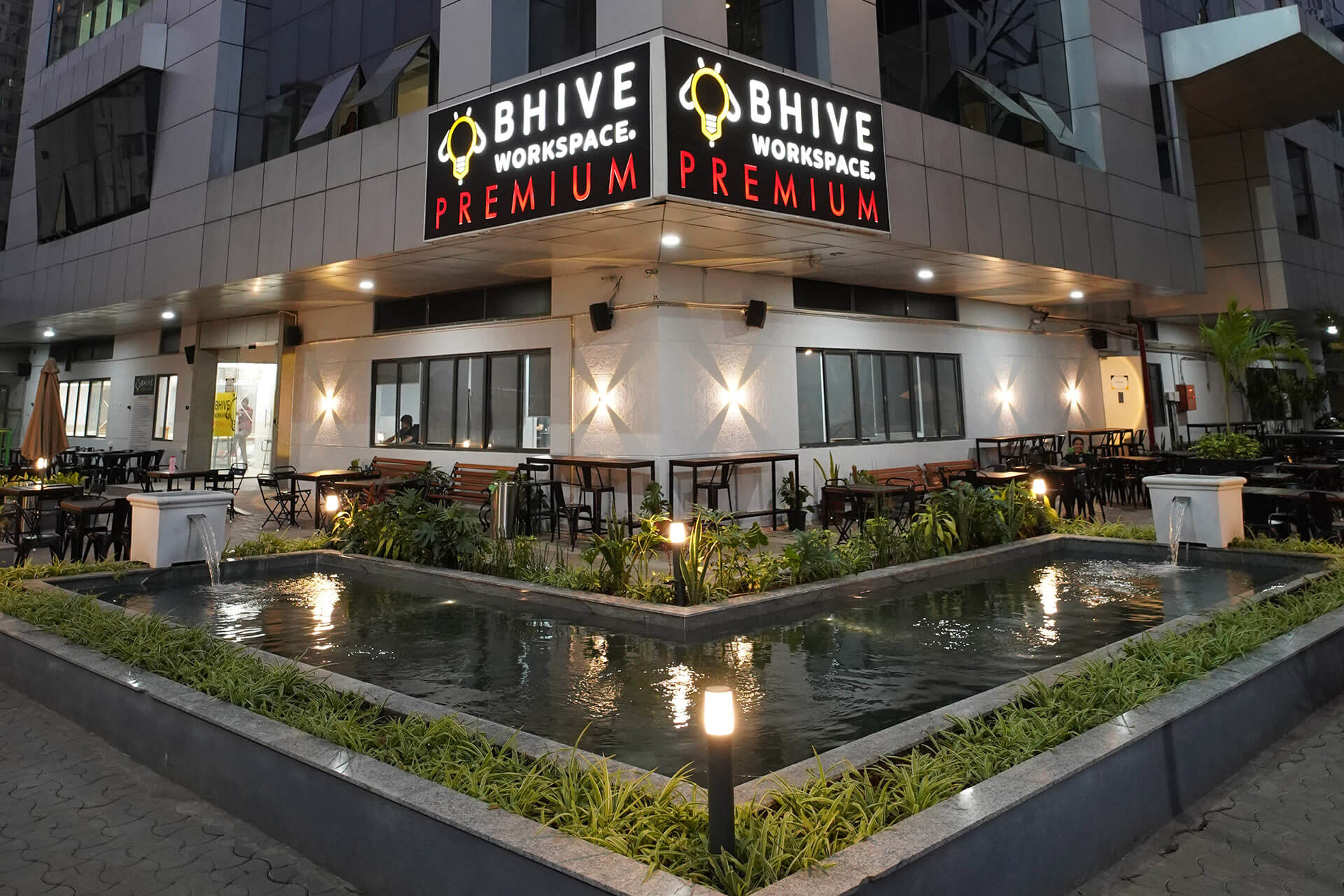E - PAPER
The New Frontiers Of Architecture
Sanjay Prakash, Principal, SHiFt’s name and work is mentioned in the twentieth edition of one of the main reference works in architectural history, A History of Architecture by Sir Bannister Fletcher. A brief about SHiFT design philosophy SH
 BY
Realty Plus
BY
Realty Plus
Published - Wednesday, 08 Jul, 2020

Sanjay Prakash, Principal, SHiFt’s name and work is mentioned in the twentieth edition of one of the main reference works in architectural history, A History of Architecture by Sir Bannister Fletcher.
A brief about SHiFT design philosophy
SHiFt, Studio for Habitat Futures (SHiFT), is oriented towards design for the future. Not a future that is extrapolated from the past with high consumption and high waste, but a future that is sufficient, regenerative, and efficient. Under his guidance, hundreds of persons have developed capabilities in performing design, conceptual or management work in these areas.
What is the design approach of the firm?
We work with a commitment to energy-conscious architecture, eco-friendly design and people's participation in planning. SHiFThas integrated all its work with the practice of new urbanism and sustainability. Over the last 34 years, our practice and research has been based on passive and low energy architecture and planning, hybrid air-conditioning, autonomous energy and water systems, bamboo and earth construction, community-based design of common property, and computer-aided design.
How do you see role of architects changing?
The interconnected globalizing world of the future and India’s urban explosion will require Indian architects to meet new challenges – which society, pedagogy and law are not very well prepared for. Architects have either got too involved with the poetic aspects of their profession, which, tends to overshadow the mastery of technology and construction or they have become slave to the technology and high-performance materials. Architects will increasingly be expected to be part of design-build teams and will have to gear up their skills accordingly.
The change outlook required by designers
Young architects apply formulaic solutions to conventionally designed buildings for a green certification, but ignore sustainability aspects such as sufficiency (questioning consumption: how much is enough?), resilience (can it withstand future shock? climate shocks, economic shocks?), equity (is anyone left out?), and identity (is this ours? does it belong?). Architects who are able to speak the language of the environment, engineering, graphics, quantities, science and art together, will be more in demand than the architects, who speak mainly a visual language these days.”
RELATED STORY VIEW MORE
NEWS LETTER
Subscribe for our news letter
E - PAPER
-

CURRENT MONTH 
LAST MONTH















